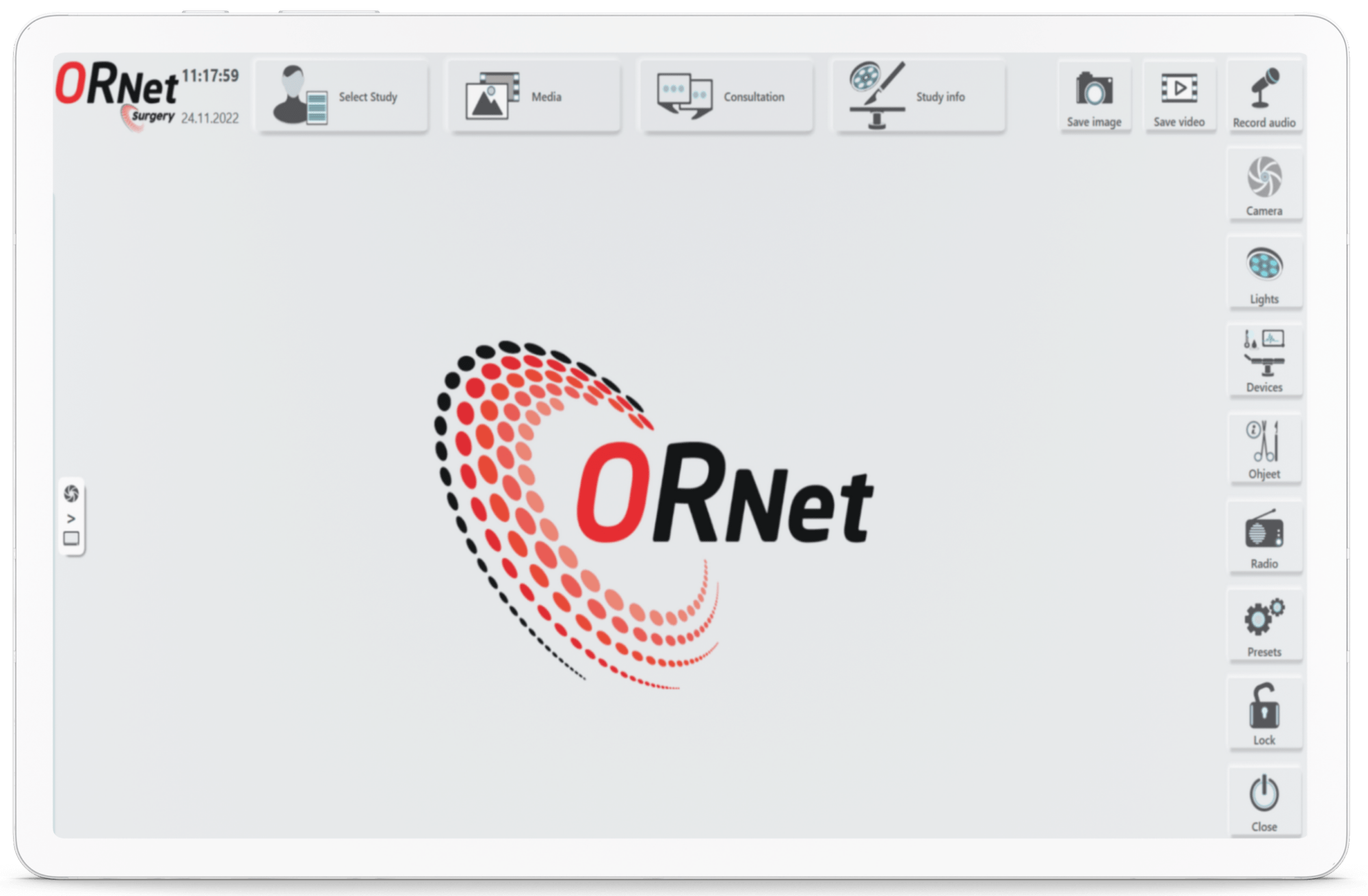Operating rooms (ORs) are the lifeblood of hospitals, serving as the places where surgeons perform vital procedures. However, ORs also present a number of challenges that can affect the efficiency, safety, and outcomes of surgical procedures.
ORNet Surgery is a powerful tool that helps hospitals overcome these challenges and improve OR operations.
In this article, we will take a look at these common challenges in operating rooms and how ORNet Surgery Helps to overcome these challenges.
Challenge #1: Inefficient Workflow
ORs are complex environments with many different tasks and processes happening simultaneously.
For instance, during a laparoscopic cholecystectomy, the OR team consists of the surgeon, anesthesiologist, scrub nurse, circulating nurse, and some other staff members. The surgeon performs the surgery while a nurse monitors the patient’s vital signs and administers medication, an anesthesiologist adjusts the patient’s anesthesia levels, and so on.
In such a situation, it is easy for workflows to become disorganized. That leads to delays, confusion, and waste.
ORNet Surgery helps to streamline workflows by providing instant access to all patient data and connected devices from a centralized point of use. That includes video sources, monitors, surgical lights, and other medical & non-medical devices in the OR. Nurses can route videos from one monitor to another, adjust OR lights, control the operating table, insufflators, and so much more with a few simple touches.
Challenge #2: Inadequate documentation and record-keeping
Thorough and accurate documentation is essential for ensuring the quality and safety of surgical care. It serves as a record of the care provided to the patient and helps to track the patient’s progress, ensures continuity, and facilitates communication between healthcare providers.
However, despite the importance, it remains a huge challenge in the ORs.
ORNet Surgery supports documentation and record-keeping by providing a digital documentation platform that is integrated with HIS & PACS Archives.
This allows staff to document surgical procedures easily and accurately through video recordings, images, and audio recordings that are attached to the patient files.
These media files can be viewed anytime for pre & post-procedure analysis and can be shared with other members of the healthcare team for consultation. And when done, these files can be sent to PACS archives manually or automatically for storage.
Challenge #3: High risk of errors
Errors are another potential hazard in the OR. And despite the best efforts of healthcare providers, they can still occur in operating rooms.
Some examples of these errors include anesthesia errors, wrong site surgery, unintended retention of surgical instruments or other foreign objects, or even wrong person surgery.
ORNet Surgery helps to reduce the risk of errors through procedure standardization, patient identification system, and checklists.
For example, when a patient is brought into the OR, surgical teams can verify the patient via barcode and access all the information related to the patient and procedure. Moreover, to avoid other issues, ORNet surgery enables surgical teams to upload checklists according to procedure rooms. These checklists ensure everything is in order before, during, and after the procedure.
Challenge #4: Lack of Integration and communication between ORs
Lack of integration and communication between operating rooms can negatively impact the quality of patient care in hospitals.
For instance, there can be equipment malfunction during the surgery that requires surgical teams to move the patient to another operating room. Or, there can be LDLT (Living Donor Liver Transplant) or a similar case where two surgeries depend on each other.
Such situations require integration and communication between the ORs to deliver quality patient care.
ORNet Surgery supports hospitals in adapting to such situations through seamless integration and effective communication between operating rooms.
For example, if there is a malfunction in OR, ORNet Surgery allows surgical teams to continue the procedure in the next room immediately. Or in case two procedures depend on each other, surgical teams can communicate with each other in real-time and even share live videos of the procedure so both teams are on the same page.
Challenge #5: Rising costs
Finally, rising costs are a constant challenge for hospitals. ORs are expensive to run, and hospitals are under pressure to reduce costs while maintaining quality.
ORNet Surgery can help hospitals reduce costs by improving efficiency and reducing the turnaround time through features like surgeon specific presets and one-button shutdown. Furthermore, by streamlining workflows, facilitating communication and coordination, and reducing the risk of errors, ORNet Surgery helps hospitals to make the most efficient use of resources and improve outcomes.
Concluding Thoughts
In conclusion, ORNet Surgery is a powerful solution that helps hospitals overcome common challenges in the OR, leading to improved efficiency, patient safety, and outcomes. Furthermore, it helps hospitals to improve OR operations and deliver the best possible care to their patients.
Ready to take the next step in OR integration and management? Kontakt os today to request a consultation and see how ORNet Surgery can benefit your facility




